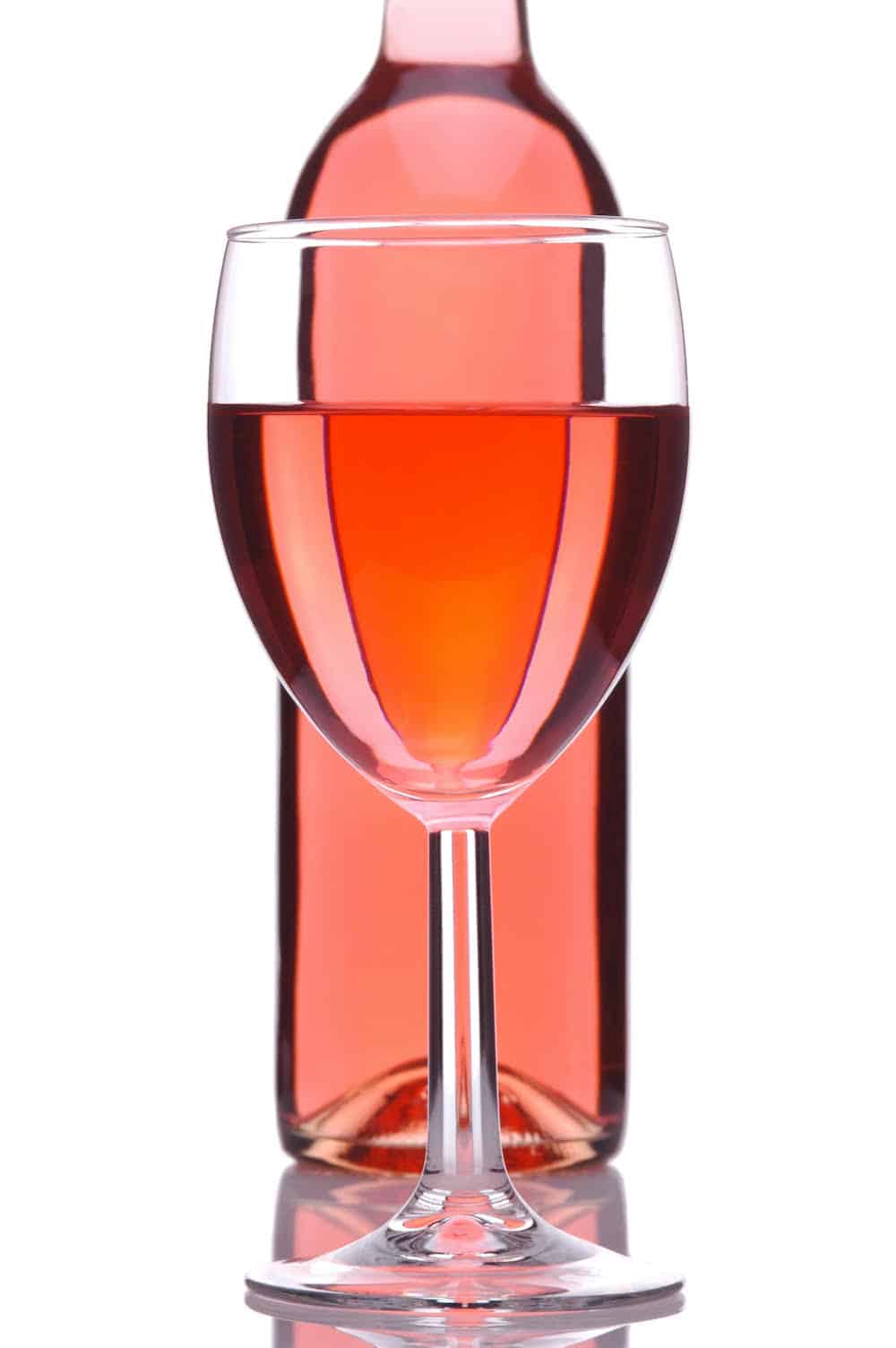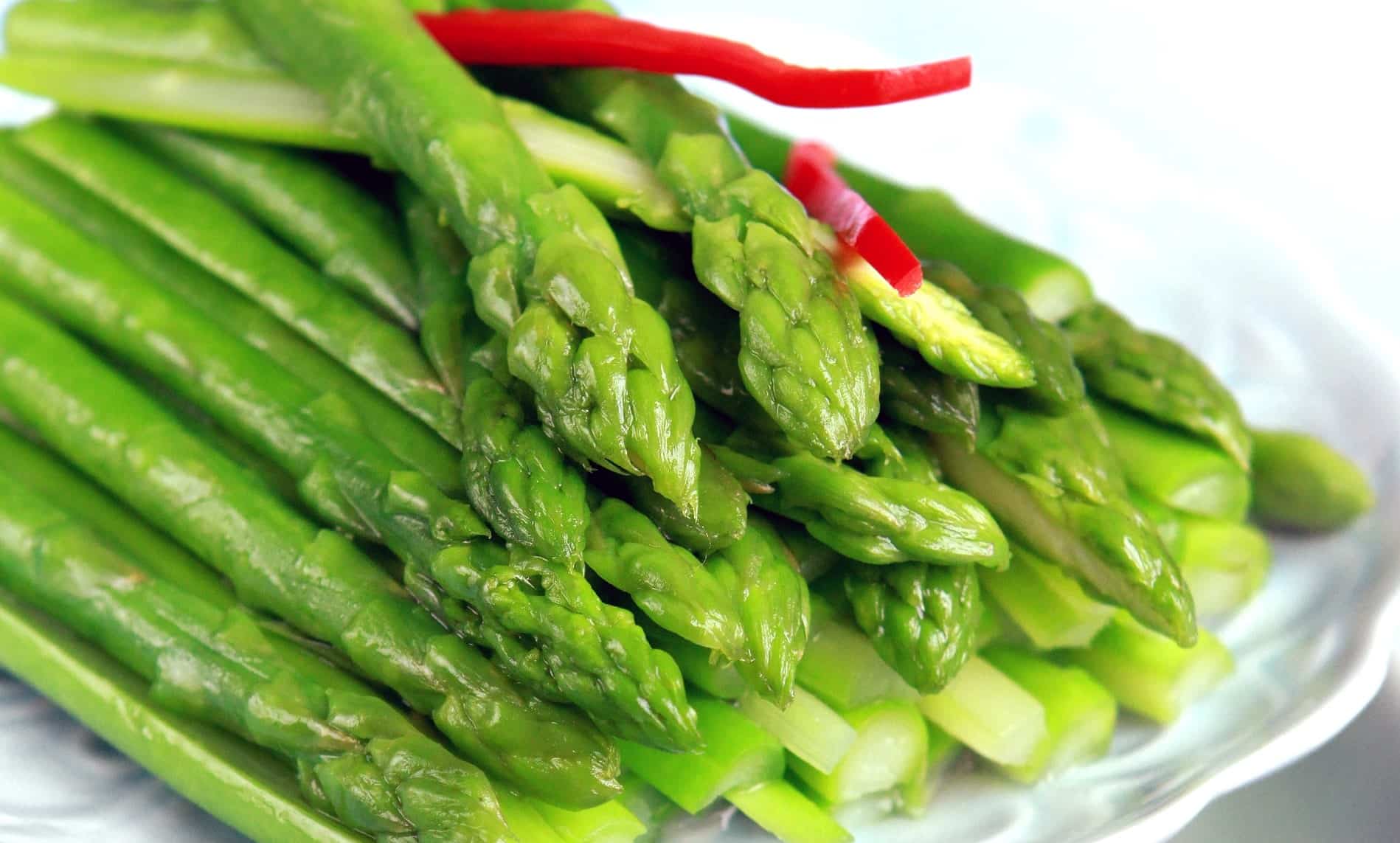Wineries With Unique Tasting Experiences - Sonoma Wine Tasting Adventures
Wineries With Unique Tasting Experiences - Sonoma Wine Tasting Adventures
Blog Article
Wineries Known For Their Hospitality - Celebrated Wineries Around Sebastopol
Wine tasting is an art that mixes sensory experience with an appreciation for the nuances of different varietals. How to gauge flavors in winery wine tasting classes is pivotal to grasping the complexities of wine.
Partaking in a wine tasting involves more than simply sipping and savoring. It requires a targeted strategy to establish aromas and flavors that every wine presents. As you begin, observe the wine's look, noting its shade and readability. These visual cues typically counsel a wine’s age, grape variety, and even potential flavor profiles.
The next step within the tasting course of is to swirl the wine in your glass. This motion releases fragrant compounds which might be very important for evaluation. Lean in and take a second to inhale deeply; the aromas can range from floral and fruity to spicy and earthy. The nostril of the wine is simply as necessary as the palate, and recognizing scents plays a significant position in understanding the overall experience.
When taking your first sip, permit the wine to move across your palate - Wineries With Estate-Grown Grapes. Notice the preliminary flavors that current themselves. Is the wine fruity, floral, or maybe herbaceous? This preliminary taste gives perception into what the wine is more doubtless to express as you continue to judge it. The mouthfeel additionally contributes to the overall flavor experience; it may be silky, tannic, and even effervescent.
Wineries Showcasing Local Art And Crafts - Vineyards In The Sonoma Region
As you continue tasting, take note of the wine’s balance. A well-balanced wine will harmonize acidity, sweetness, and tannins. If one element overwhelms the others, it might indicate a much less desirable high quality. Evaluating steadiness may help you identify how well the wine might pair with food.
Transitioning to the end, consider how the flavors evolve as the wine lingers on your palate. A long, nice end can point out a high-quality wine, while a brief or abrupt finish would possibly counsel otherwise. Reflect on whether the flavors remain constant or if new notes emerge as the wine settles. This development can reveal complexities and intricacies that might not have been obvious within the initial tasting.
Temperature can also be an important think about evaluating wine flavors. Different types of wine are optimally enjoyed at particular temperatures. White wines often shine when chilled, while pink wines generally perform best at room temperature. When tasting, ensure the wine is at the applicable temperature to totally appreciate its character.
Vineyard Tours With Guided Tastings In Sonoma - Sonoma Wine Tasting Tour
Pairing food with wine can tremendously improve the tasting experience. Meals can influence the perception of flavors in wine, either highlighting sure traits or diminishing them. When evaluating flavors, consider how the wine interacts with different meals, noticing which flavors are amplified or muted (Wineries With Locally Sourced Food Options).
Think About the influence of terroir as you engage in a winery tasting. Terroir encompasses the distinctive environmental factors that have an effect on grape rising, including soil composition, local weather, and geography. Understanding a wine's terroir can provide insight into its flavors and aromas, fostering a deeper appreciation for the alternatives made throughout its cultivation and manufacturing.
Training plays a basic function in enhancing one's capacity to evaluate wine flavors. Learning about grape varieties, wine areas, and production methods can pave the means in which for extra informed judgments throughout tastings. Additionally, attending workshops or classes can refine sensory skills and broaden your flavor vocabulary, enabling you to articulate tasting notes more successfully.

Lastly, it is important to do not neglect that evaluating wine flavors is a extremely personal experience. Individual preferences and perceptions will invariably shape one’s tasting journey. Enjoyment ought to be on the forefront, with the analysis course of appearing as a software to enhance understanding and appreciation quite than create inflexible tips.
Wineries Producing Pinot Noir And Chardonnay - Sebastopol Vineyard Visits
In conclusion, mastering the means to evaluate flavors in winery wine tasting periods entails a mix of sensory engagement, information, and practice. By learning to establish aromas, assess the stability, and respect the intricacies of flavor, wine enthusiasts can deepen their connection to each bottle they encounter. As with any art kind, the extra one immerses themselves within the experience, the more they will uncover and enjoy the vast world of wine.
- Start by observing the wine's shade and readability, as these visible components can trace at its flavor profile and growing older potential.
- Swirl the wine gently in your glass; this releases aromatic compounds, permitting you to raised determine the complex scents associated with the wine.
- Take a deep inhale before tasting, focusing on both main and secondary aromas to gather insights on fruits, spices, and other nuances.
- When tasting, allow the wine to coat your palate; note the initial flavors, the mid-palate complexity, and the finish as these levels can present completely different flavor highlights.
- Pay attention to texture and mouthfeel, as elements corresponding to tannin ranges, acidity, and sweetness contribute significantly to the overall tasting experience.
- Examine flavors towards standard wine traits; for red wines, contemplate berry notes, oak affect, and herbal tones, while whites may embrace citrus, stone fruits, and floral hints.
- Take notes during the tasting session to trace your impressions, serving to you to recollect and consider the totally different wines sampled.
- Talk About your findings with fellow tasters or winery employees, as sharing insights can improve understanding and appreciation of particular person flavors.
- Enable time for the wine to breathe; generally, flavors evolve and reveal new dimensions after being exposed to air.
- Experiment with food pairings in the course of the tasting as they'll dramatically alter how flavors are perceived, influencing overall enjoyment.undefinedWhat should I look for when evaluating the aroma of wine throughout a tasting?
Start by swirling the wine in your glass to release its aromas. Convey the glass to your nostril and take a deep breath. Pay consideration to the primary scents you detect, as these are often probably the most outstanding. Look for fruit, floral, natural, or earthy notes and attempt to determine specific traits, which will deepen your understanding of the wine's complexity.
Wineries Showcasing Local Art And Crafts - Sonoma Wine Culture
How can I distinguish between completely view different flavor profiles in wine?
Understand that flavor profiles are sometimes categorized as fruit, floral, herbaceous, spicy, or mineral. Take small sips and allow the wine to coat your palate. Notice the primary flavors that emerge first and the delicate notes that follow. This layering is essential in distinguishing the wine's characteristics and will allow you to recognize its distinctive profile.
Wineries Showcasing Local Art And Crafts - Unique Wine Tasting Experiences In Sebastopol
What is the importance of the wine's texture in a tasting?

The texture of the wine, also called mouthfeel, plays a crucial function in how we understand flavors. Pay consideration as to if the wine feels smooth, creamy, or gritty. The body of the wine (light, medium, or full) can improve or distinction with flavors, providing a more rounded experience throughout tasting.
How do I assess the balance of flavors in wine?
Balance in wine refers to the harmony between acidity, sweetness, tannin, and alcohol. Take a moment to assess whether these components complement or intrude with each other. A well-balanced wine could have none of its components overpowering the others, creating a pleasing tasting experience.
Wineries Known For Sustainable Practices In Sonoma - Sebastopol Wine Experiences
What position does temperature play in evaluating wine flavors?
Temperature can significantly impression the notion of flavors. Usually, purple wines are finest served barely below room temperature, whereas white wines take pleasure in being chilled. As the temperature modifications, the aromas and flavors can shift, permitting you to perceive different traits. It’s essential to taste wine at its optimum temperature for true analysis.
Wine Tasting Trails In Sonoma Valley - Sonoma Valley Vineyards And Wine Tasting
How can I improve my tasting skills over time?
Practice is essential to enhancing your tasting skills. Family Friendly Wineries With Outdoor Spaces. Attend tastings, keep a journal of your experiences, and explore various sorts of wines to broaden your palate. Additionally, learning about wine production and grape varieties can provide context that enhances your evaluation process, making you a more informed taster.
Is there a specific order during which I ought to taste the wines?
Vineyard Tours With Guided Tastings In Sonoma - Vineyard Tasting Events In Sonoma County
Yes, it’s advisable to style wines from light to full-bodied and dry to candy. This development prevents the stronger flavors from overshadowing the more delicate ones, permitting you to completely respect each wine's traits and nuances with out palate fatigue.
How can I evaluate the aftertaste of wine?
Charming Wineries With Views In Sonoma Valley - Discovering Sebastopol's Wineries
The aftertaste, or finish, is a vital aspect of the wine-tasting experience. After swallowing, pay consideration to how long the flavors linger on your palate and whether or not they change. A long, nice end is often an indicator of a high-quality wine, while a short or unpleasant finish may recommend he has a good point otherwise.
Why is it necessary to note the wine’s acidity during tasting?
Acidity contributes to the general freshness and construction of the wine. Pay consideration to the tingling sensation in your tongue; higher acidity can improve the wine's liveliness and balance out sweetness. Noting acidity helps determine the wine's versatility with food and its getting older potential.
What ought to I do if I battle to determine specific flavors in wine?
Wineries Offering Educational Wine Seminars - Discovering Sebastopol's Wineries
Struggling to identify flavors is common, particularly for novices. Focus on broader classes and describe what you'll have the ability to acknowledge, similar to candy or earthy notes. With practice, reading about different flavor profiles, and perhaps utilizing flavor wheels, you may refine your senses and develop a more nuanced approach to tasting. Report this page